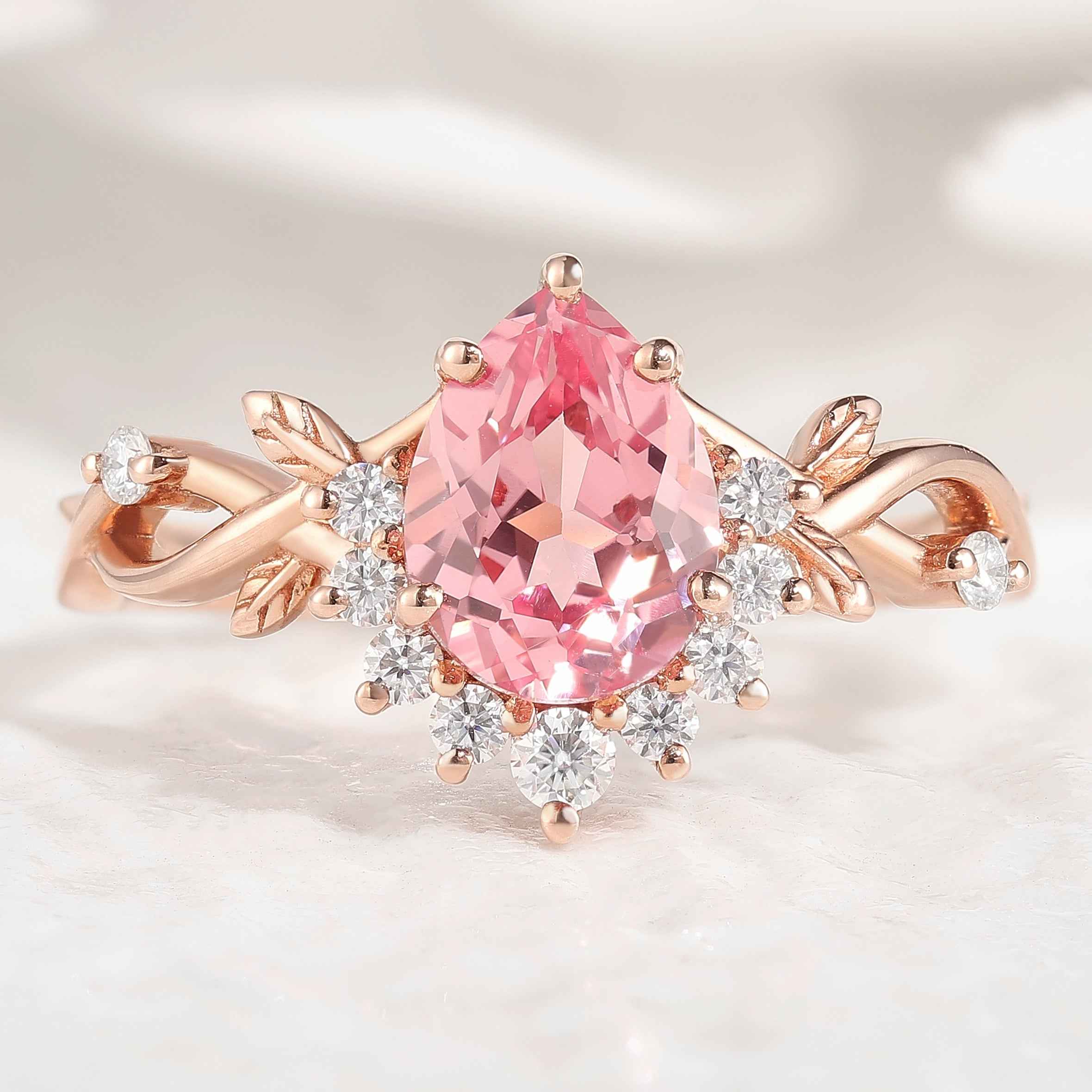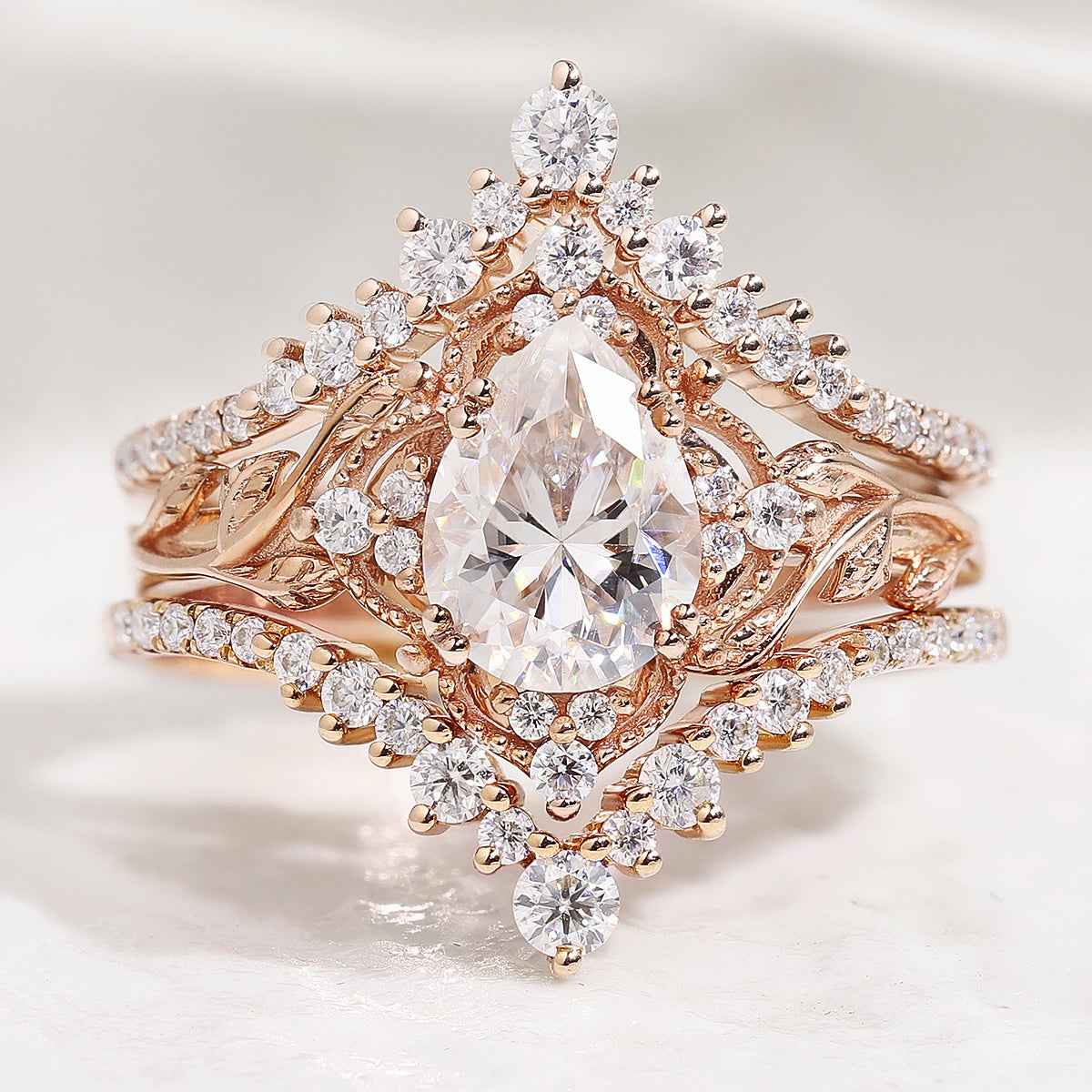Wearing a wedding ring is one of the most timeless traditions in human history. Across cultures and centuries, the exchange of rings has symbolized unity, devotion, and eternal love. Yet, one question continues to arise for many couples preparing for their big day: which finger and which hand should the wedding ring be worn on—for both men and women?
The placement of the wedding ring carries deep cultural and historical significance. While many follow the familiar custom of wearing it on the left hand’s fourth finger, others honor traditions that favor the right hand or different symbolic fingers. Understanding the origins and meanings behind these customs can help couples choose what feels most meaningful to them.

The Traditional Wedding Ring Finger
In most Western cultures, the traditional wedding ring finger is the fourth finger on the left hand. This custom dates back to ancient Rome, where it was believed that a vein—called the vena amoris, or “vein of love”—ran directly from this finger to the heart. The symbolism of love literally flowing from the heart to the ring made it a powerful and romantic choice.
Over time, this idea spread through Europe and became deeply embedded in Western wedding traditions. Today, both men and women in countries like the United States, Canada, and the United Kingdom typically wear their wedding bands on the left ring finger.
Wedding Ring Finger for Females
For most women, the left ring finger remains the standard place for a wedding ring. The ring serves as a visible symbol of marital commitment and emotional connection. In many traditions, women wear both an engagement ring and a wedding band, which together represent the journey from promise to union.
The Order of Rings
Traditionally, the wedding band is worn first—closer to the heart—followed by the engagement ring stacked above it. This order represents the progression from the ceremony to the lifelong commitment that follows. Many brides continue this practice, while others prefer to wear the rings on different hands for comfort or practicality.
Variations in Female Ring Customs
Not all cultures follow the same rule. In some European countries, such as Germany and Russia, women wear their wedding rings on the right hand. In India, some brides wear rings on the right hand as well, influenced by cultural and religious beliefs that consider the left hand less auspicious. In Jewish and Orthodox Christian weddings, the ring is often placed on the right hand during the ceremony and may later be moved to the left.
These variations highlight how personal and cultural beliefs can shape even the most universal of symbols.
Wedding Ring Finger for Males
Interestingly, men did not commonly wear wedding rings until the 20th century. Historically, only women wore them as a public declaration of their marital status. During World War II, however, many men began wearing rings to remind them of their spouses while they were away at war. This emotional tradition gradually evolved into a modern standard.
Traditional Placement
In Western customs, men typically wear their wedding ring on the fourth finger of the left hand, mirroring their partners. This gesture represents equality in commitment and unity.
Cultural Differences
In other parts of the world, men wear their wedding rings differently:
-
Germany, Russia, and India: The right hand is favored for wedding bands.
-
Norway and Denmark: Right-hand rings are the norm for both men and women.
-
Jewish traditions: The ring is placed on the right hand during the wedding and may later move to the left.
-
Latin American countries (such as Brazil and Colombia): Engagement rings are worn on the right hand before the ceremony, then moved to the left after marriage.
Modern Choices
Today, many men view ring placement as a personal choice. Some prefer the left hand for tradition, others choose the right hand for cultural or practical reasons. A growing number of men also wear rings made from alternative materials—like titanium or tungsten—which reflect their lifestyle or profession. The key is comfort, symbolism, and meaning rather than strict adherence to custom.
Cultural and Regional Differences in Ring Placement
The meaning of the wedding ring finger varies across the world. Here’s an overview of how different cultures approach the tradition:
| Region / Country | Typical Hand | Notes |
|---|---|---|
| United States, UK, Canada | Left hand | Most common modern custom |
| Germany, Russia, India | Right hand | Based on cultural and religious traditions |
| Greece, Spain, Norway | Right hand | Deeply rooted in Orthodox faith |
| Brazil, Colombia | Right hand (engagement), left hand (wedding) | Symbolic shift after marriage |
| China, Japan | Left hand | Western influence in modern weddings |
This diversity shows that the “right” way to wear a wedding ring depends largely on cultural heritage, personal identity, and the meaning each couple assigns to it.
Wearing Engagement and Wedding Rings Together
For those who wear both an engagement ring and a wedding band, the way they’re worn together also follows certain traditions.
During the Ceremony
-
Before the wedding, the engagement ring is typically worn on the left ring finger.
-
During the ceremony, it’s moved temporarily to the right hand.
-
The wedding band is then placed on the left ring finger.
-
Afterward, the engagement ring is moved back on top of the band.
This sequence allows the wedding ring to remain closest to the heart. Some couples, however, choose to wear the engagement ring first for aesthetic reasons, while others solder both rings together for convenience.
Modern Styling
Stacked wedding bands and mixed-metal combinations have become popular. Couples experiment with rose gold, white gold, yellow gold, or platinum combinations to create a layered, modern look. Some brides add eternity bands or anniversary rings to the stack over time, turning the set into a living timeline of their relationship.
Modern Perspectives: Beyond Tradition
As weddings become more personalized, ring customs have evolved as well. Many couples no longer follow strict cultural or gender-based traditions. Instead, they make choices that align with their values, aesthetics, and comfort.
For instance:
-
Some women wear their engagement ring on one hand and their wedding band on the other.
-
Some men opt for nontraditional materials or minimalist bands to match their personal style.
-
Same-sex couples often design matching or mirrored rings to symbolize equality.
-
Others choose to skip rings altogether, favoring tattoos or symbolic jewelry.
The modern approach celebrates individuality—honoring tradition while embracing flexibility and authenticity.
Tips for Choosing the Right Fit
No matter which hand or finger you choose, comfort and fit are essential. Here are a few practical tips:
-
Try on rings at different times of day. Finger size can fluctuate with temperature and activity.
-
Consider ring width. Wider bands may feel tighter than slim ones.
-
Look for comfort-fit designs. Slightly rounded interiors make everyday wear more pleasant.
-
Match metals wisely. Couples often choose complementary tones—white gold with platinum, or rose gold with yellow gold—for harmony and contrast.
-
Resizing options. Most jewelers can adjust sizing after the ceremony, ensuring a perfect long-term fit.
A Symbol That Transcends Placement
Whether worn on the left or right hand, the essence of a wedding ring remains unchanged—it is a circle without end, representing eternal love, trust, and partnership. The traditions surrounding the wedding ring finger have evolved, but their symbolism continues to unite couples across the world.
In the end, there is no single “correct” hand or finger. What matters most is the love and meaning behind the ring you choose to wear, and the story it continues to tell for years to come.



